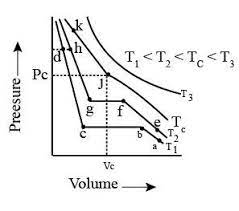NCERT Solutions for Chapter: States of Matter, Exercise 1: Long Answer Type
NCERT Chemistry Solutions for Exercise - NCERT Solutions for Chapter: States of Matter, Exercise 1: Long Answer Type
Attempt the practice questions on Chapter 5: States of Matter, Exercise 1: Long Answer Type with hints and solutions to strengthen your understanding. NCERT Exemplar Chemistry - Class 11 solutions are prepared by Experienced Embibe Experts.
Questions from NCERT Solutions for Chapter: States of Matter, Exercise 1: Long Answer Type with Hints & Solutions
The variation of vapour pressure of different liquids with temperature is shown in the figure. Calculate graphically boiling points of liquids and .
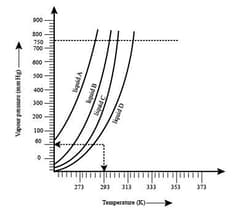
Tile variation of vapour pressure of different liquids with temperature is shown in the figure. If we take liquid C In a closed vessel and heat It continuously. At what temperature will it boil?
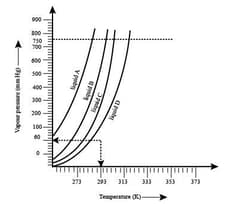
The variation of vapour pressure of different liquids with temperature is shown in the figure. At high altitude, atmospheric pressure is low (say ). At what temperature liquid boils?
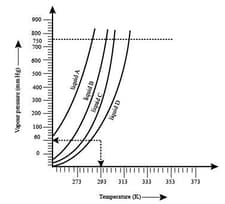
The variation of vapour pressure of different liquids with temperature is shown in the figure. Pressure cooker is used for cooking food at hill station. Explain in terms of vapour pressure why is it so?
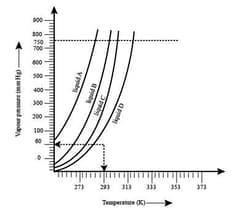
Why does the boundary between liquid phase and gaseous phase disappear on heating a liquid upto critical temperature in a closed vessel? In this situation what will be the state of the substance?
Why does sharp glass edge become smooth on heating it upto its melting point in a flame? Explain which property of liquids is responsible for this phenomenon.
Explain the term ‘laminar flow’. Is the velocity of molecules the same in all the layers in laminar flow? Explain your answer.
Isotherms of carbon dioxide gas are shown in the figure. Mark a path for changing gas into liquid such that only one phase (i.e., either a gas or a liquid) exists at any time during the change. Explain how the temperature, volume and pressure should be changed to carry out the change.
